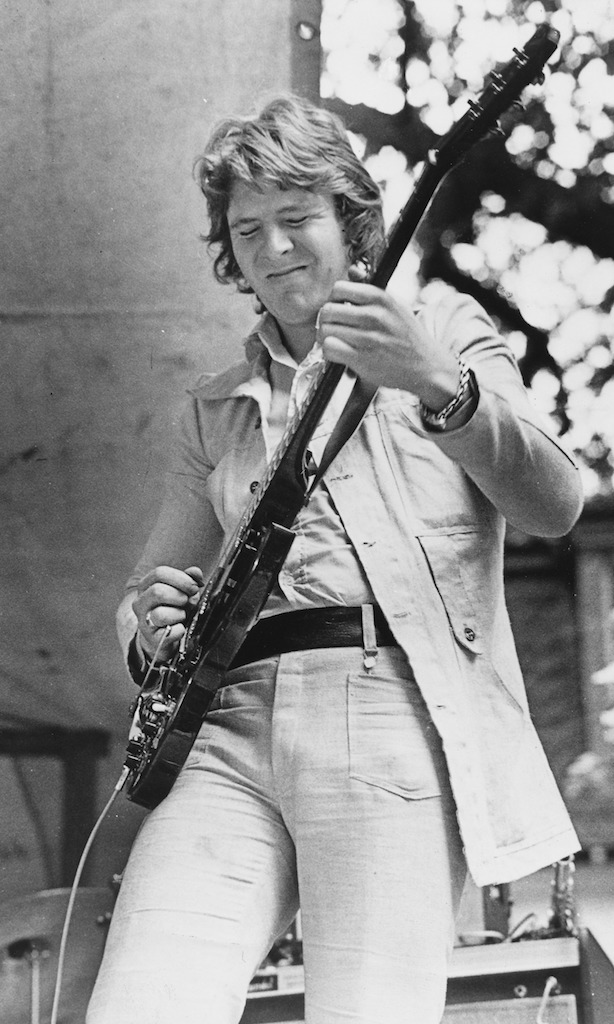Whilst having a deep admiration for Neil Ardley’s obvious talents, I have to admit to a sense of disappointment in regard to his latest ‘concept’, Harmony of the Spheres. Finding the album rather pretentious and unoriginal, this live performance of extracts from the work only served to confirm that view.
The musicians Ardley utilised were individually fine – and it was the individual improvised solos that provided most of the interest. Ian Carr – though more assured in his own group Nucleus – is a strong solo voice and Barbara Thompson and Geoff Castle both showed their worth; the former taking a most authoritative tenor solo on ‘Headlong’.
The written ensemble work however was undistinguished, though the main deficiency lay within the rhythm section. Rock riffs of little subtlety were pounded out incessantly, providing a meagre framework for the soloists. Ardley’s own presence on the stage seemed superfluous and by contrast to his former glories (most notably Kaleidoscope of Rainbows) it was a limp and tedious set.
The Rypdal set, by way of contrast, was a more enjoyable excursion into improvised electric jazz. Playing for over an hour without pause the three distinguished musicians took us through a variety of moods. For much of the time they were inventive, emphathetic and working together in a fine co-operative manner.
Rypdal has developed an individual guitar style, incorporating a wide variety of sounds, most notably his quivering sustained notes of cold metallic beauty. There are few modern guitarists in his field as original as he (save John Abercrombie and Allan Holdsworth).
Christensen played drums and percussion with his customary finesse and assurance. He took a short intelligent solo half way through the set and then launched into a jarring rhythmic pattern which Rypdal turned into an almost funky riff, over which Mikkelborg took a ferocious Milesian solo.
It was trumpeter Mikkelborg who was for me the star of the set – with an excellent technique and some of the most advanced use of wah-wah and electronic effects I’ve yet heard. His playing had obvious similarities to latter day Miles Davis (Agharta / Pangaea albums) yet he showed a firmer understanding of the possibilities of the wah-wah device and as such was less vulgar and more coherent. Like Miles he doubled on keyboards, creating apt tonal tapestries of sound.
Pre-recorded tapes were also used with discretion and economy, while the lack of a bass player was well justified since it gave all three players greater freedom of expression.
Although tedium, self indulgence and vacuousness could no doubt at times be levelled at Rypdal & Co., for the most part they rarely let the invention noticeably decline and they displayed a fine sense of dynamics. Whilst about thirty people left the auditorium during the performance, the music was – if hardly emotive or riveting – constantly interesting.
In the final assessment however, the evening was rather less satisfying than one might have anticipated.
Matthew Bateson
















